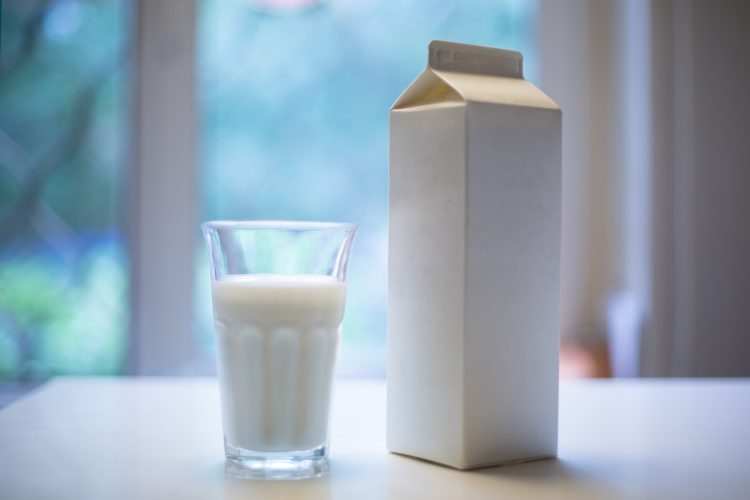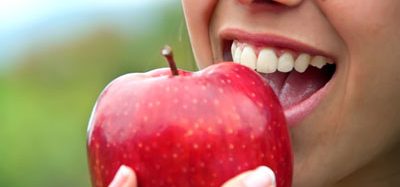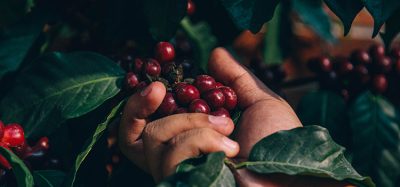Are milk cartons detracting from freshness?
- Like
- Digg
- Del
- Tumblr
- VKontakte
- Buffer
- Love This
- Odnoklassniki
- Meneame
- Blogger
- Amazon
- Yahoo Mail
- Gmail
- AOL
- Newsvine
- HackerNews
- Evernote
- MySpace
- Mail.ru
- Viadeo
- Line
- Comments
- Yummly
- SMS
- Viber
- Telegram
- Subscribe
- Skype
- Facebook Messenger
- Kakao
- LiveJournal
- Yammer
- Edgar
- Fintel
- Mix
- Instapaper
- Copy Link
Posted: 27 January 2023 | New Food | No comments yet
Paperboard milk cartons, ubiquitous in almost every American school, do not preserve milk freshness as well as other packaging options, research has found.


Milk packaging has not changed a great deal over the past few decades. After moving from glass bottles to plastic, some milk is also packaged in paperboard cartons. As the saying goes, if it isn’t broke, don’t fix it, right?
Not according to a new study in the Journal of Dairy Science, published by Elsevier, which claims that packaging affects taste—and paperboard cartons do not preserve milk freshness as well as glass and plastic containers.
Lead investigator MaryAnne Drake, PhD, of the North Carolina State University Department of Food, Bioprocessing and Nutrition Sciences, explained that “milk is more susceptible to packaging-related off-flavours than many other beverages because of its mild, delicate taste.” Besides light oxidation, “milk’s taste can be impacted by the exchange of the packaging’s compounds into the milk and by the packaging absorbing food flavours and aromas from the surrounding refrigeration environment.”
To quantify the flavour impacts of packaging, the researchers examined pasteurised whole and skim milk stored in six half pint containers: paperboard cartons, three plastic jugs (made from different plastics), a plastic bag, and glass as a control. The milk was stored in total darkness to control for light oxidation and kept cold at 4°C (39°F).
The samples were tested on the day of first processing, then again at five, 10, and 15 days after. A trained panel examined the sensory properties of each sample, and the research team conducted a volatile compound analysis to understand how the packaging was intermingling with the milk. Finally, the samples underwent a blind consumer taste test on day 10 to see whether tasters could tell any difference between milk stored in the paperboard carton or the plastic jug compared with milk packaged in glass.
The results showed that package type does influence milk flavour, and skim milk is more susceptible to flavour impacts than whole milk. Of the different packaging types, paperboard cartons and the plastic bag preserved milk freshness the least due to the paperboard’s absorption of milk flavour and the transfer of paperboard flavour into the milk.
Milk packaged in paperboard cartons, in fact, showed distinct off-flavours as well as the presence of compounds from the paperboard. The final results show that, while glass remains an ideal container for preserving milk flavour, plastic containers provide additional benefits while also maintaining freshness in the absence of light exposure.
Paperboard cartons are the most widely used packaging type for school meal programs in the US, so these findings are especially relevant for the consideration of how young children consume and enjoy milk.
“These findings suggest that industry and policymakers might want to consider seeking new package alternatives for milk served during school meals,” said Drake. Over time, the consequences of using milk packaging that contributes significant off-flavours may affect how young children perceive milk in both childhood and adulthood.
Related topics
Beverages, Contaminants, Food Safety, Packaging & Labelling, Research & development, Shelf life








